Art World Resorts: A Remedy for Chronic Anxiety
|Claire Koron Elat
Art World Resorts: The art world is often ugly and unkind. While its objects of desire are historically and philosophically deemed beautiful, we sometimes need to indulge in social ugliness to see (more) beauty. The column of 032c’s editor Claire Koron Elat is a cerebral, and at times visceral, field trip to galleries, institutions, fairs, and other art events, pointing out how “enlightenments” and behaviorisms occurring there are reflections and predictions of culture at large.
With another fair visit and no Erewhon in sight, I arrive in New York, the day of the Frieze preview. I take an Uber, worth seven and a half smoothies, from Newark to my hotel on the Lower East Side. The Public hotel, where I was staying for the week, welcomes me with the physical manifestations of its quixotic paradigm “Luxury for All a New Idea for a New Age.” I buy celery juice for seven dollars at the in-house deli, which somewhat immediately defeats the concept of their sign, and take a walk through the hotel’s hidden garden where a magnolia tree, Japanese maples, and rhododendrons grow. If luxury is supposed to be obtainable by all, it does make you wonder how a one-ingredient juice whose costs are equivalent to a full meal—the nutritional value of the juice only barely competes with the basic number of calories most people need to be filled, unless this is also a way of encouraging unsound forms of eating—is supposed to become part of the populaces’ daily morning routine.
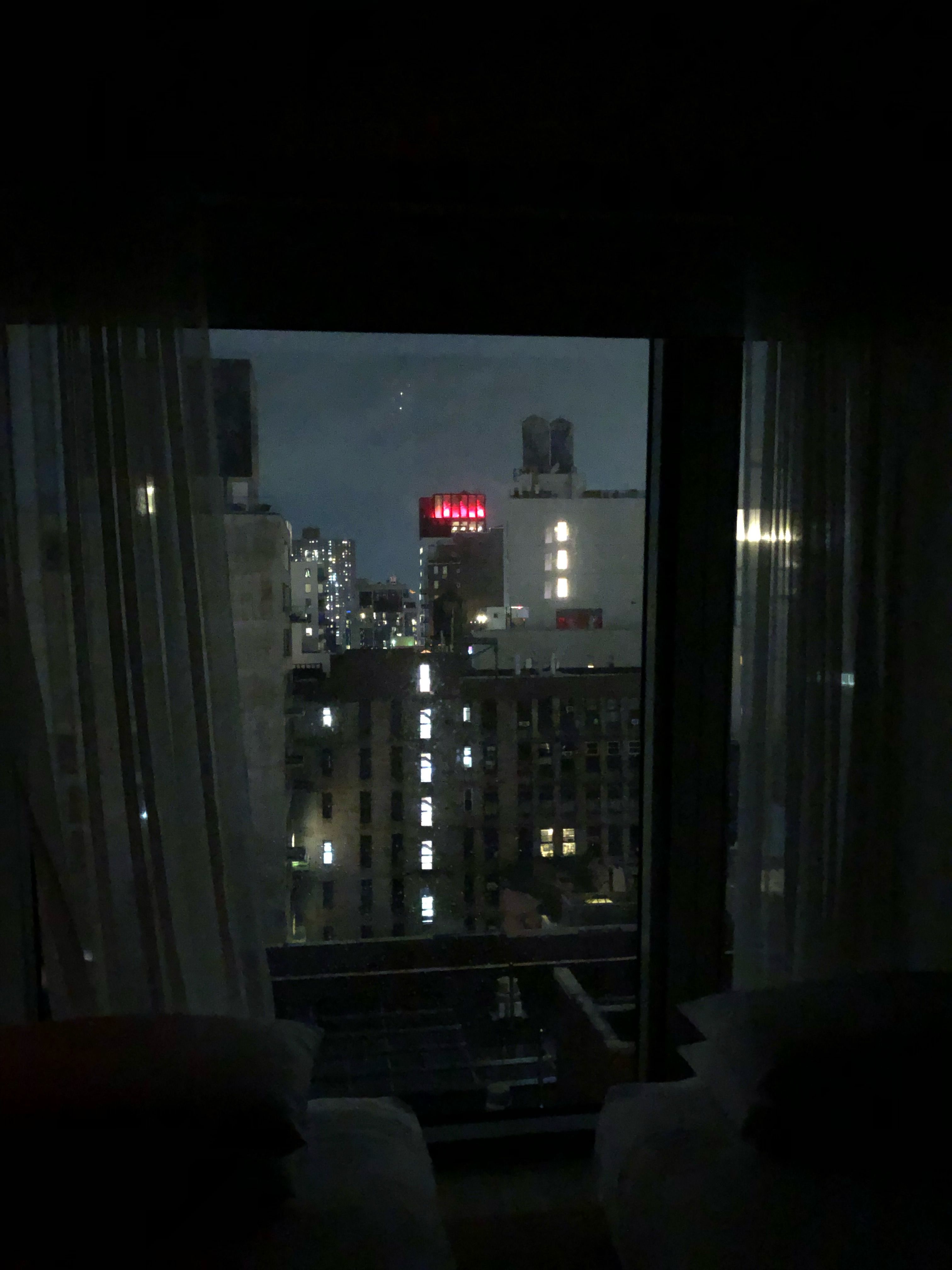
I recently started making my own green juices at home, which made me reflect even more on the ludicrous price you pay for pre-made health in plastic bottles. But, then again, isn’t health the ultimate luxury? This may sound like a kitschy romanticization, and that luxury is attainable for the whole of humanity, but the term “luxury” is ambiguous and can mean many things in our “new age” undergoing all kinds of paradigm shifts. Comparable to whether an artwork is worth buying, one could argue that luxury is in the eye of the beholder. However, social consensus always plays a role as to whether or not an artwork deserves an investment. This inevitably leads to Arthur Danto’s institutional definition of art: it’s for the art world to decide. Likewise, it might be for professionals working with luxury goods to determine whether an item or service is worthy of being part of their worldview.
According to The Public’s founder Ian Schrager, who is credited for co-creating the boutique hotel category, the hotel is designed for a “new generation of savvy entrepreneurs.” And he has flawlessly targeted the cravings of the zeitgeist, as Gen Y and Z seem to aspire toward opulence more than any generation before them. There might be a simple answer for the cause of this accelerated materialism. Luxury products are being mediatized like never before. Whereas you previously had to belong to the small social group capable of affording this ostensibly aspirational lifestyle, today you just need to open your TikTok “For you” page to encounter five different Birkin and Kelly bag collectors within a screen time of ten minutes. You don’t need your retired grandmother to teach you etiquette rules anymore, you can watch a ten-minute-long YouTube video (with a guy who might not always get it right). You don’t need to travel thousands of kilometers and book a hotel thrice the usual price because it’s Art Basel or Frieze, you can visit a gallery’s online viewing room and buy a painting from the comfort of your own home. The saccharine enticement of accessible luxury, for which The Public and its 150 dollars rooms—during Frieze it was more than five times the price though—is only so sweet until you realize that this inflated accessibility is mostly imaginary. How many people are there who actually end up getting a text from their SA saying, “your quota bag is ready for pick up”?
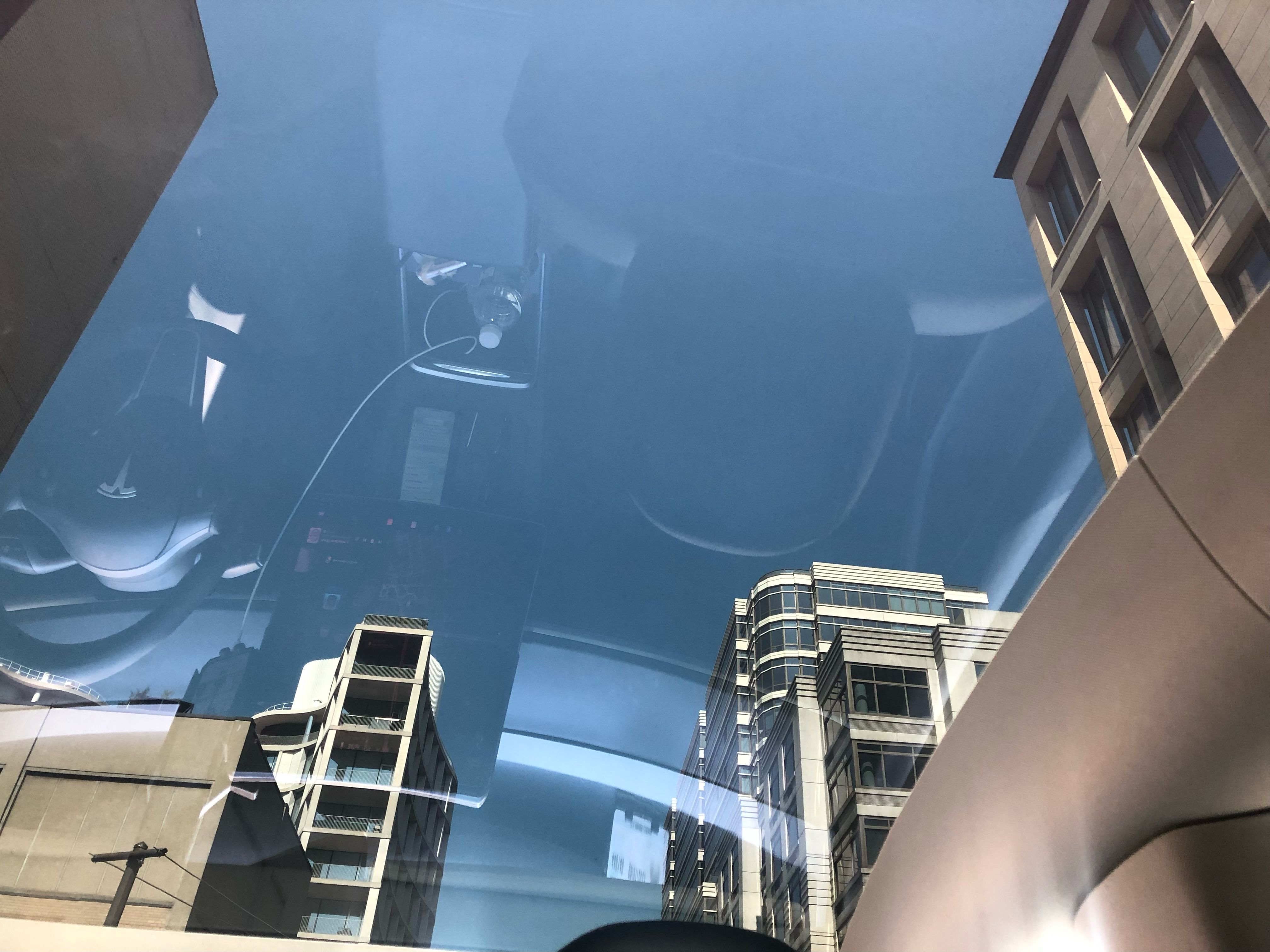
As I get ready to head to The Shed, TikTok influences me to try an alternative app to Uber, called Revel, promising you to be picked up in a neon-blue Tesla each time instead of gambling with an Uber X. Having arrived at Frieze, I like the booths of galleries whose programs I like anyway, such as Miguel Abreu, Arcadia Missa, or Karma International. I think that art fairs are one of the main sources of the art world’s chronic fatigue. You perpetually see the same, again, and again, and again; and the most drastic observable change each time you start a new art fair journey is the city where the fair takes place—not so much the art that is exhibited.
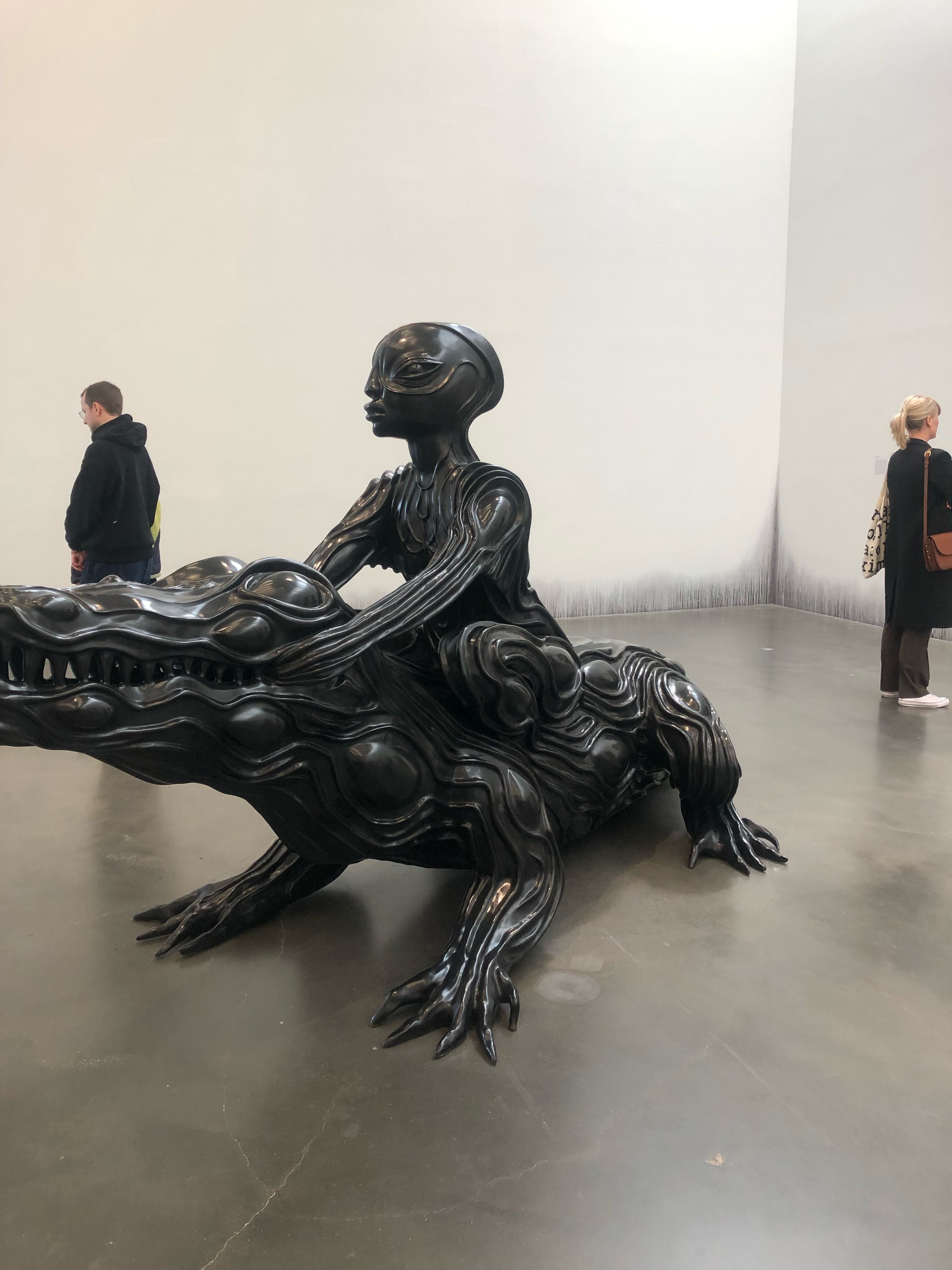
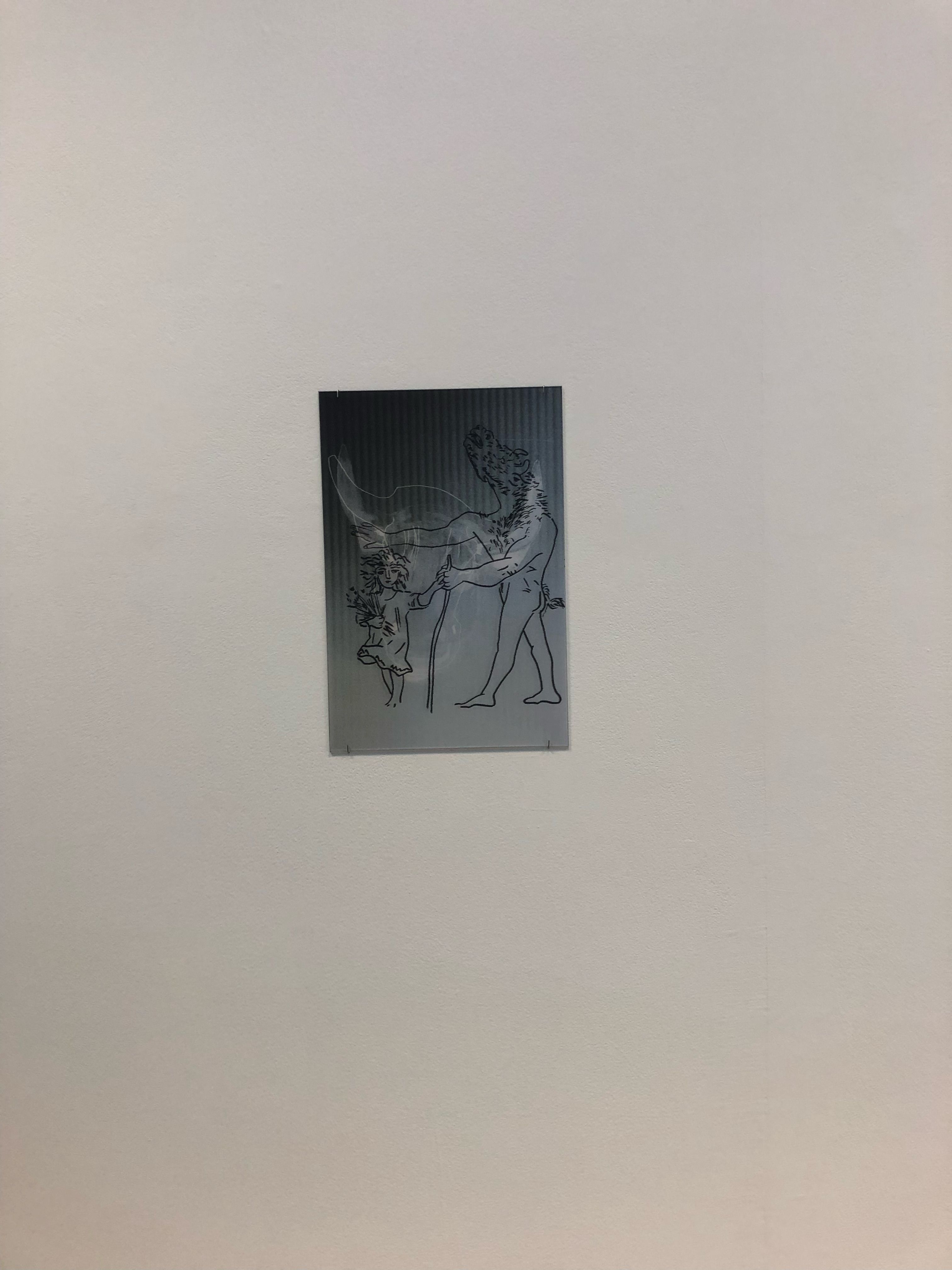
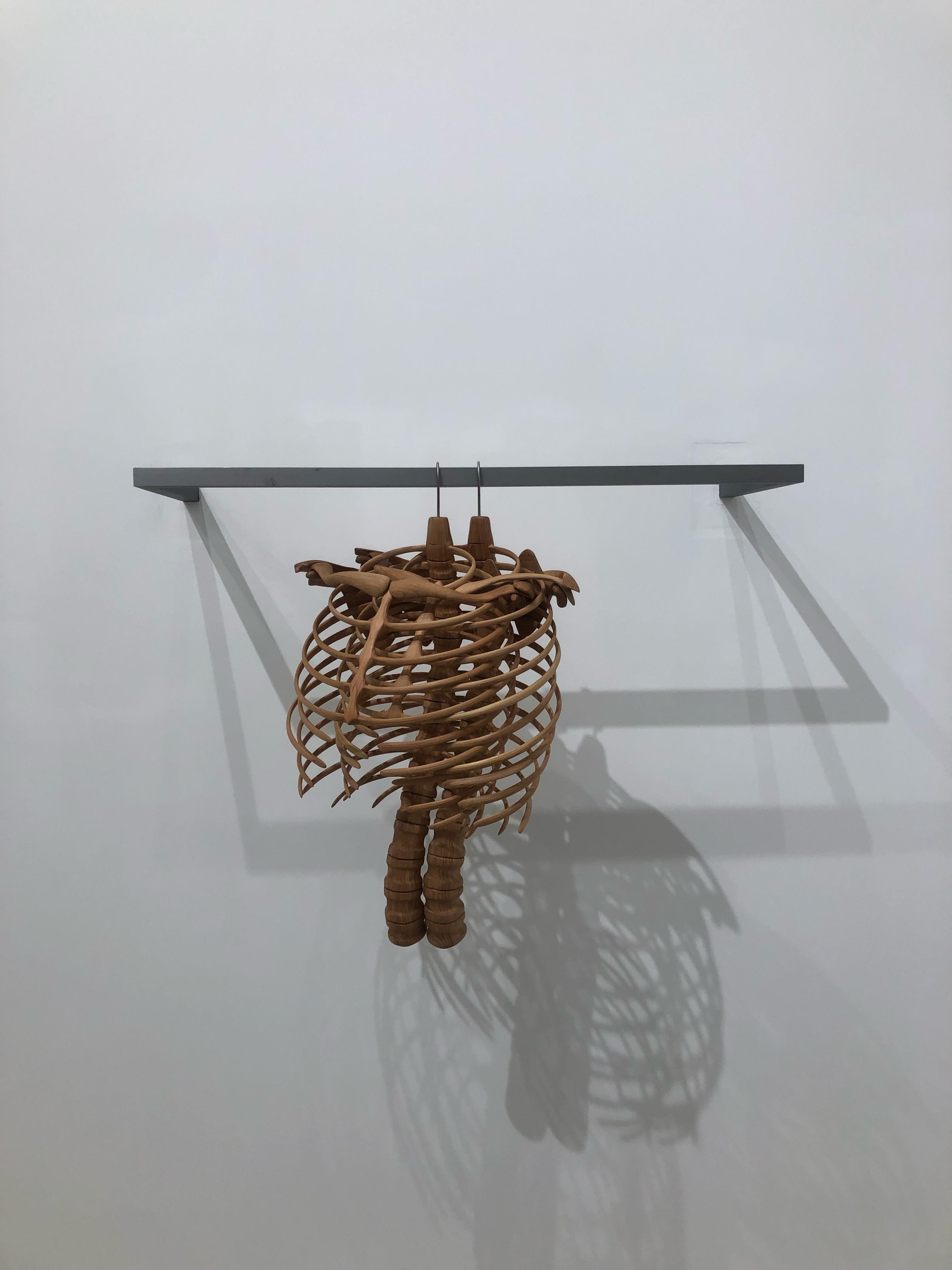
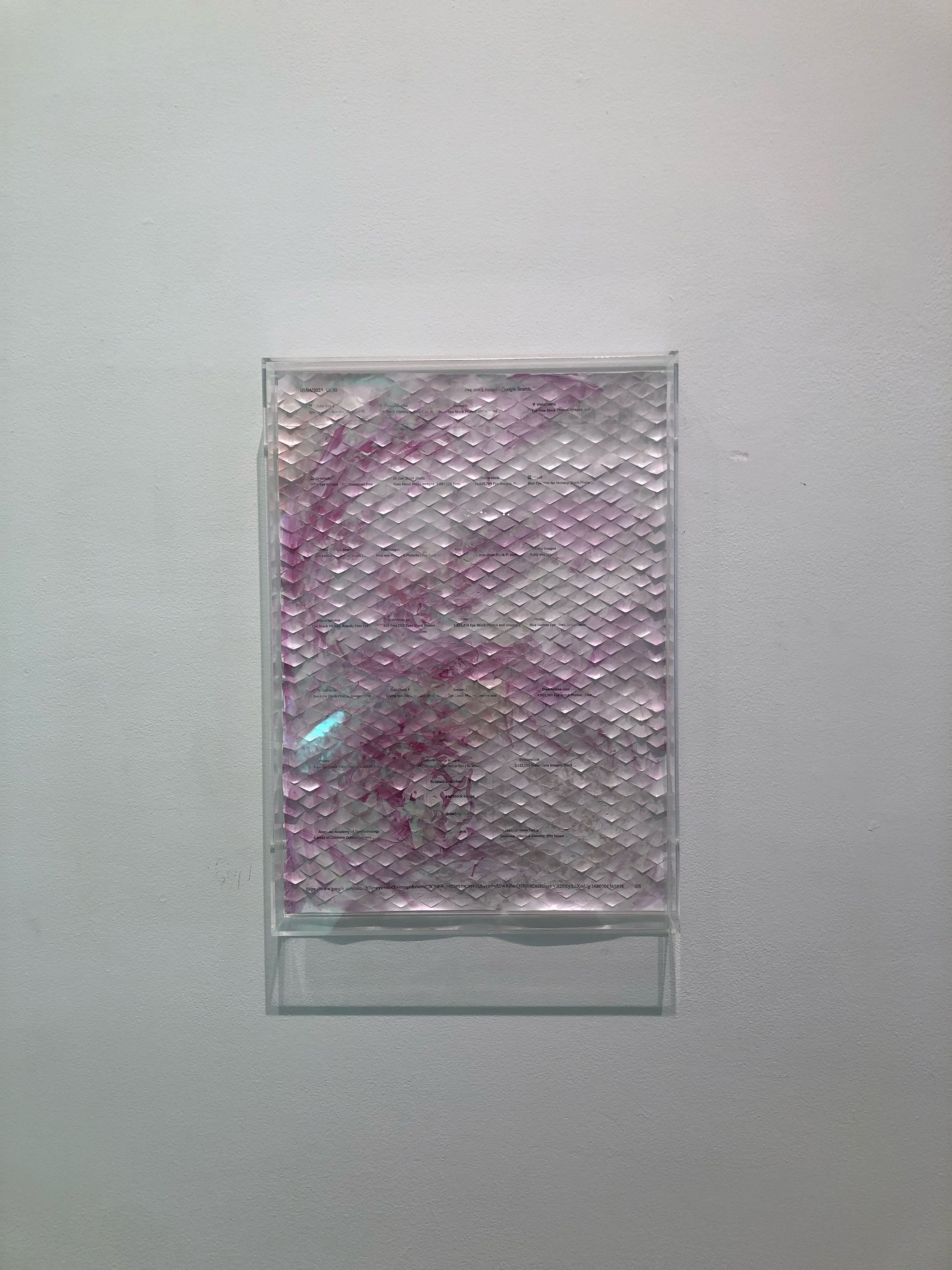
“I have terrible anxiety,” a woman screams into her AirPods, passing me on the way from the Whitney’s Josh Kline retrospective to Aria Dean’s show at Greene Naftali. It seems that there is not only a dooming asthenic syndrome present in the (art) world’s new paradigm but also, as the woman on the street is demonstrative of, chronic anxiety. And to soothe this anxiety, we buy things. And we obsess over the illusion of a “healthy” lifestyle in a world that is inherently toxic.
The next day at the preview of NADA, my favorite booth is sidony o’neal’s. o’neal’s processual work is engaged with the intersection of mathematics and philosophy, combining outwardly divergent fields such as algebraic functions with personal poetry. A couple weeks after I met them in New York, I talked to o’neal about contemporary art in Europe vs the US and how mathematics is becoming pivotal for fashion.
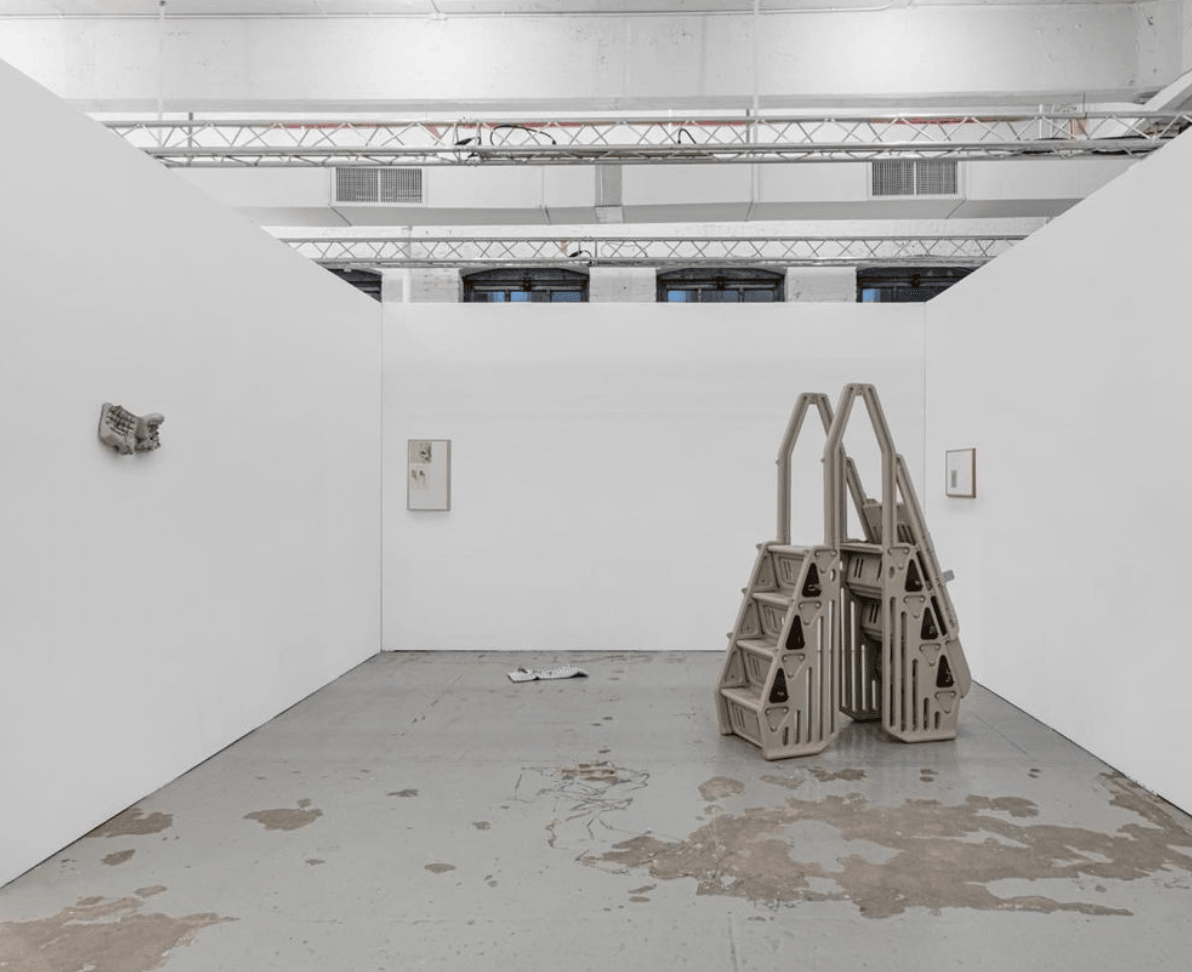
CLAIRE KORON ELAT: I usually don’t have a single favorite booth at an art fair but your solo presentation with ILY2 was outstanding. When I was talking to Jeanine and Joshua from the gallery, we all agreed that your work has this particular, more “European” feel to it. Do you think the art scenes—both socially and in terms of artist’s practices and gallery programs—differ in the US and Europe? And are you interested in moving to Europe anytime soon?
sidony o’neal: Thank you, I really appreciated so many strong reactions to the booth. I actually don’t have much personal experience with gallery programs. I have participated in a couple of artist residencies in Europe though. And I appreciate the work of a lot of practitioners and presenters working in Europe that I have been able to experience in person and online.
For me, this question is also connected to the visibility of research—which I think of as a kind of material in my work. Currently, there’s a strain of my research that radiates from critical thought in European art historical contexts like constructivism and critical decorative arts, as well as histories of interface which includes colonization/domination, mathematics, and computing. I like working in ways that center the development of methods in addition to forms, so a lot of that seeps into the presentation of works.
And I do have plans to spend a lot more time in Europe soon. Marseille and Paris tap in!
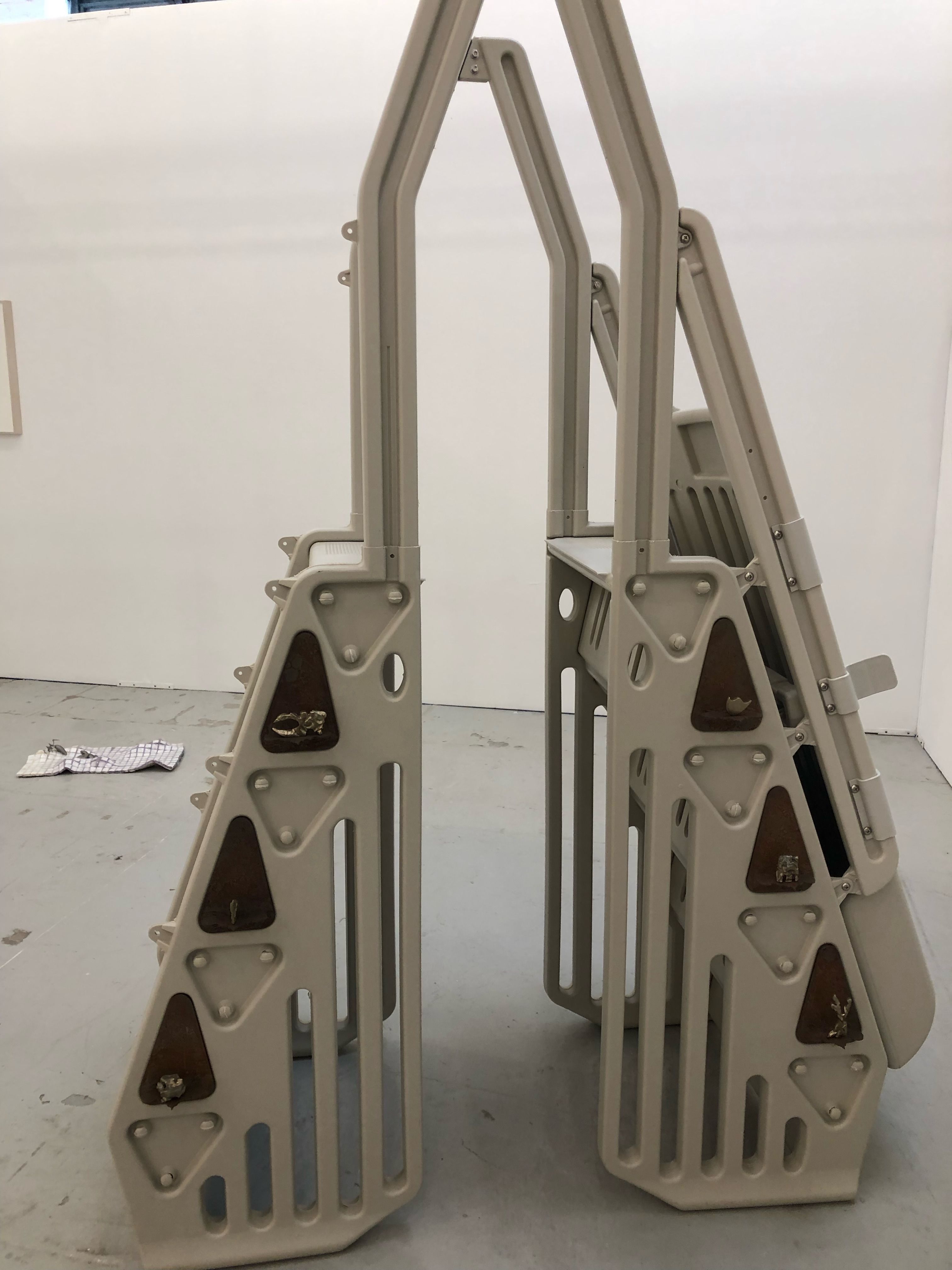
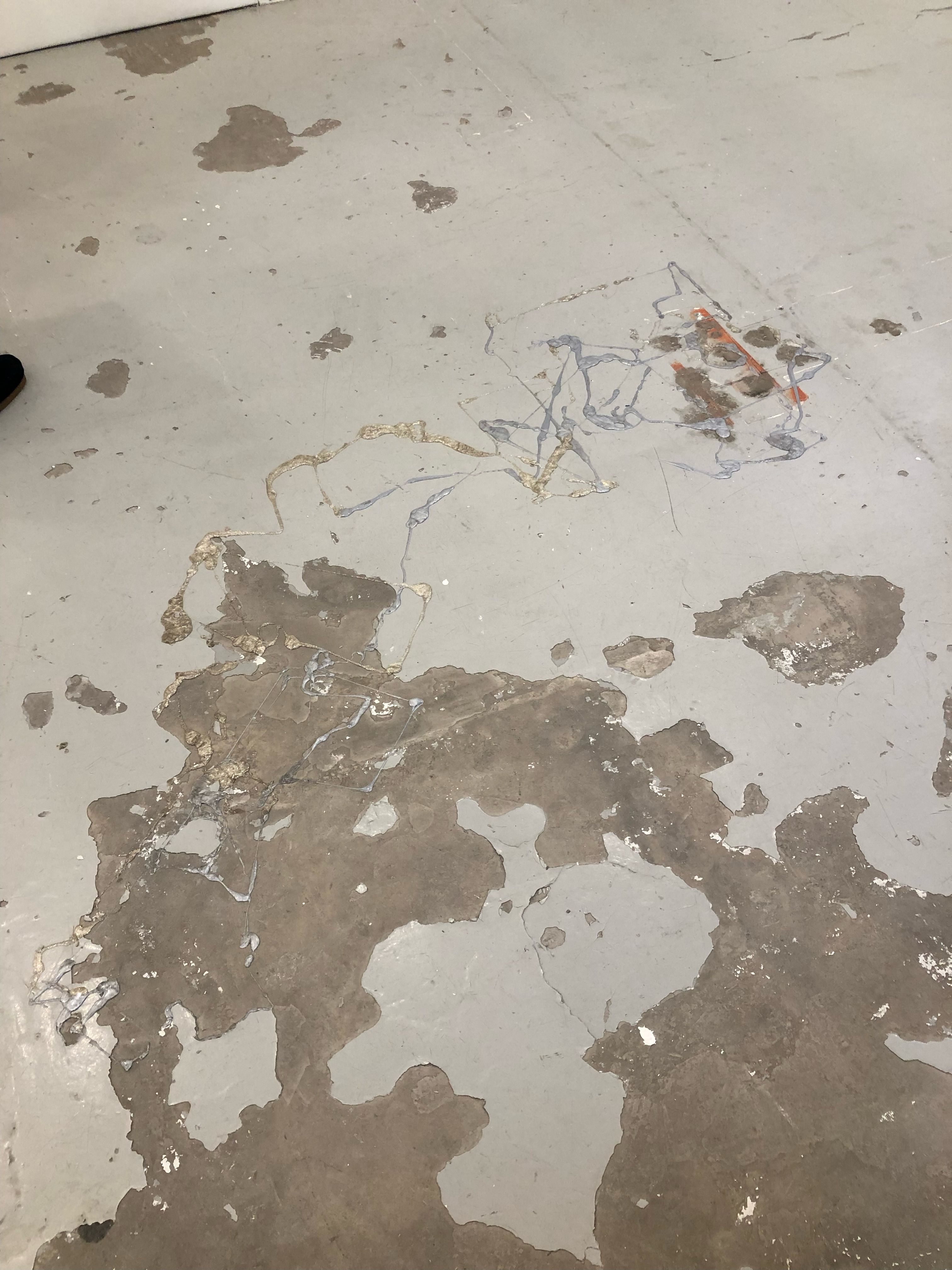
CKE: We then ended up including a work of yours in a show I curated together with my friend and collaborator Shelly Reich at City Salts in Basel. The show is interested in the intersection of art and fashion and how artists who don’t necessarily have a practice focused on fashion deal with wider modes and ideas in the industry—such as economics, music/sound, or corporeality. Is fashion something you think about —both in your personal life and practice?
sn: Yes, recently I have had to reconcile that a serious interest in fashion and design isn’t something that I can keep separate from my work as a visual artist.
Since my training has been focused largely on systems like language and mathematics, some of my earliest understanding of what visual culture even is, or is for, actually derived from experiences with fashion. One of my father’s mothers curated what today would be called pop-ups in her apartment in San Francisco for over 30 years. Most of her clients were sex workers and artists and club girls. She was a very future-oriented and intense Capricorn, and her life taught me a lot about presentation, stubbornness, and economy when it comes to my life and my practice.
Also, I am based in Portland, OR, where a couple of massive sportswear brands are headquartered. Lots of questions such as, “What are the stakes for making singular works in a city where the dominant creative industry is strutted by a global demand for scalable multiples?” float around in the studio. The effects that close proximity to the global fashion industry can have on a small art scene or a midsize city are deep. It can mean that global fashion and entertainment economies, global marketing agencies, and regional arts philanthropy models are deeply intertwined with the lives and livelihood of local artists. I feel that and think about it a lot.
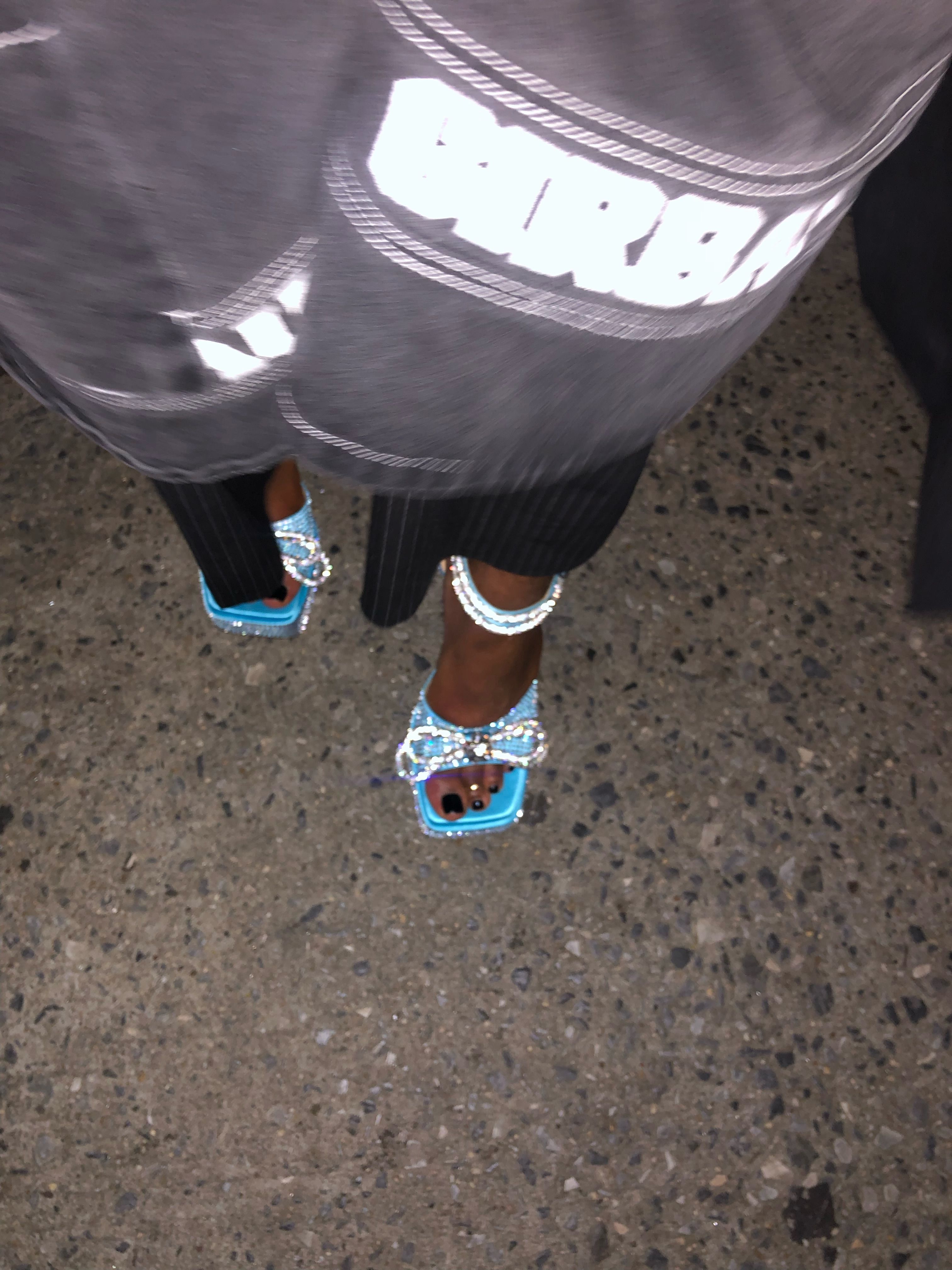
CKE: Your work often deals with the intersection of mathematics and philosophy as well as mathematics and art. What is your methodology for combining these distinct realms on a theoretical and material/practical level?
sn: Well, first of all, someone told me recently that everyone deserves to have a meaningful relationship with the tools of scientific inquiry. I buy that, and I definitely think everyone deserves to have an innovative or at least non-traumatizing relationship with mathematics.
In many ways my practice is making or searching for methods that synthesize knowledge across seemingly distinct realms.
Some of my interest in that synthesis of realms came from a sculpture that I made in 2017 while thinking with reparations discourse in terms of computation and computability. The work was a kind of anti-functional counting device and architectural prototype, and it got me thinking more about the interdependence of math objects and art objects and philosophy.
Sometimes I find that the realms aren’t so distinct. For instance, I think Howardena Pindell’s Untitled #2 (1973) contends with a burden of numeracy and applies principles in combinatorics so beautifully. I have also learned a lot from mathematicians who have advanced new methods in number theory and algebraic geometry.
In practice, I am lately defining and relating what I call “post-constructivist" methods that resonate across art and philosophies of mathematics. So, I tend to work from the user side of emerging technologies toward the intuitions, histories, philosophies, and abstractions that structure them. In fact, some abstract objects, like tensors, are built from other abstract objects that are very old and originate in global histories of human interface and spirituality. On a practical level, my use of computer software or materials or fabrication methods becomes very specific in order to illuminate or engage latent structure where I can.
CKE: I would argue that there is also an intersection of fashion and mathematics. For example, William Thurston’s mathematic term pleated surface can be related to actual pleating of clothing, and he even collaborated with Issey Miyake at some point. Since your work takes mathematics as one starting point for (critical) thinking, I was wondering what you think the future of mathematics and fashion as a synergy looks like?
sn: There is still so much that can be learned from thinking across the logics of fashion and abstract mathematics, and I think there could definitely be more collaborations between designers and mathematicians working in differential topology—which houses so many unintuitive artifacts. I was really into a math object called Boy’s surface for a while, and now I’m thinking about that in terms of fashion that is screen based or yet un-producible/unwearable or that exists largely in abstraction.
Since a computer is a math object first, screen-based and overtly merchandized fashion aren't the only ways to think with the future of math and fashion. Your Thurston example is great because he was interested in the behavior and properties of two-dimensional surfaces under deformation, which lends itself nicely to working with computer graphics and some fabric surfaces. Theoretically, if we understand dimension to simply mean “criteria” or “information,” then a hermeneutic for “higher dimensional fashion" might be fashion that has more criteria or can store and transmit more information—not only to a wearer through a designer but through a larger culture of participants as well. For example, we could experience more encrypted fashion, talismanic fashion, open-source fashion, etc.
Beyond that, I am also interested in the mathematical objects that have become essential to the future of fashion economically—such as the linear algebra objects and tools used in recommender systems or the use of modular forms in encryption and IP. So, we are already seeing the beginnings of an algebraic fashion industry built and (in some cases eerily) optimized in synergy with mathematical and computational abstraction, not just in production or material composition, but in circulation and reception as well.
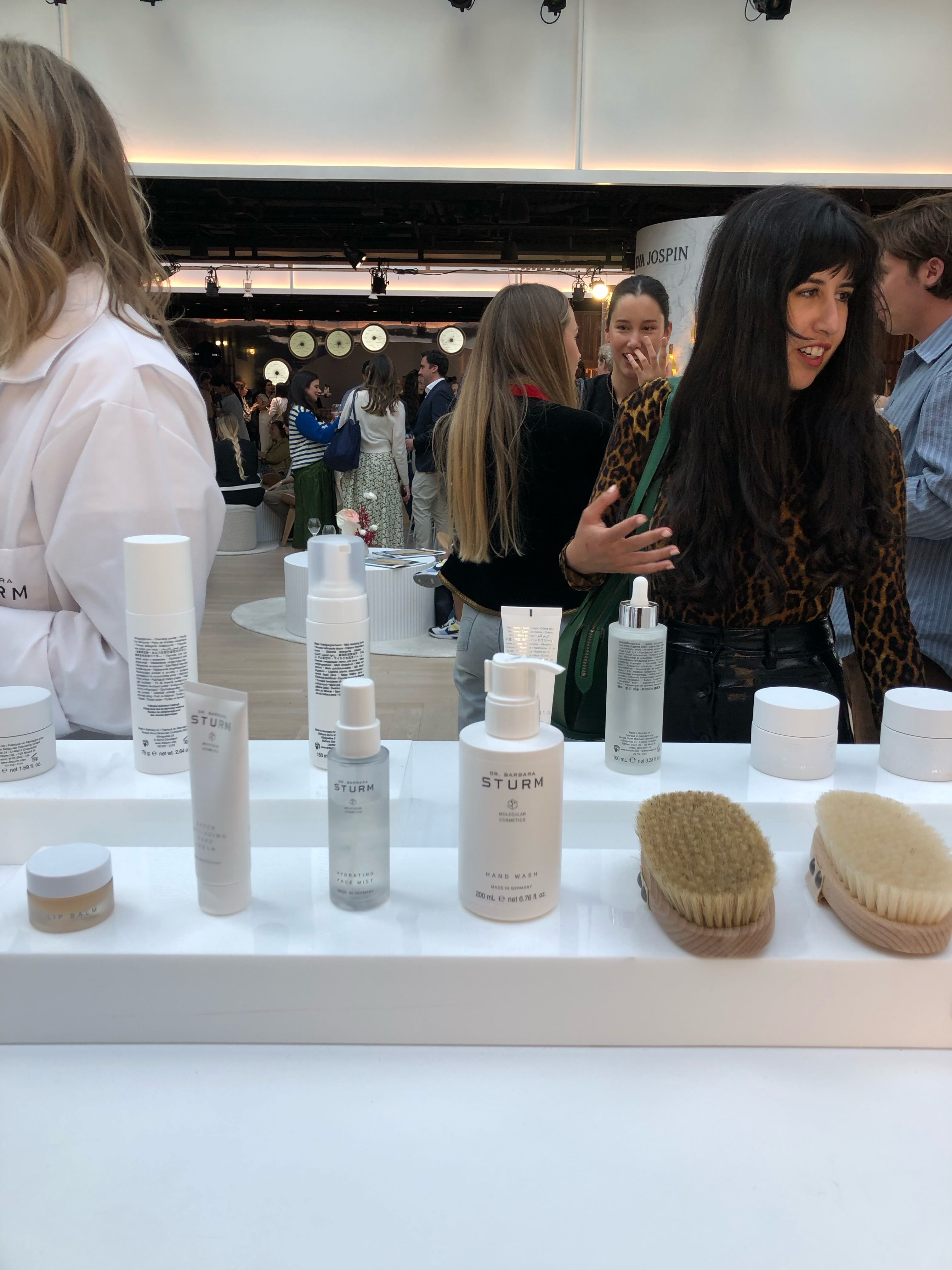
What o’neal has to say about understanding visual culture through fashion—thereby not only perceiving fashion as a tool for appreciating culture at large but also acknowledging its inherent cultural value, which goes beyond glamorous superficialities—can surely be applied to other (commercial) realms. Perhaps a face cream can help us understand the state of the world as an indicator for its cultural, economic, and social fragility.
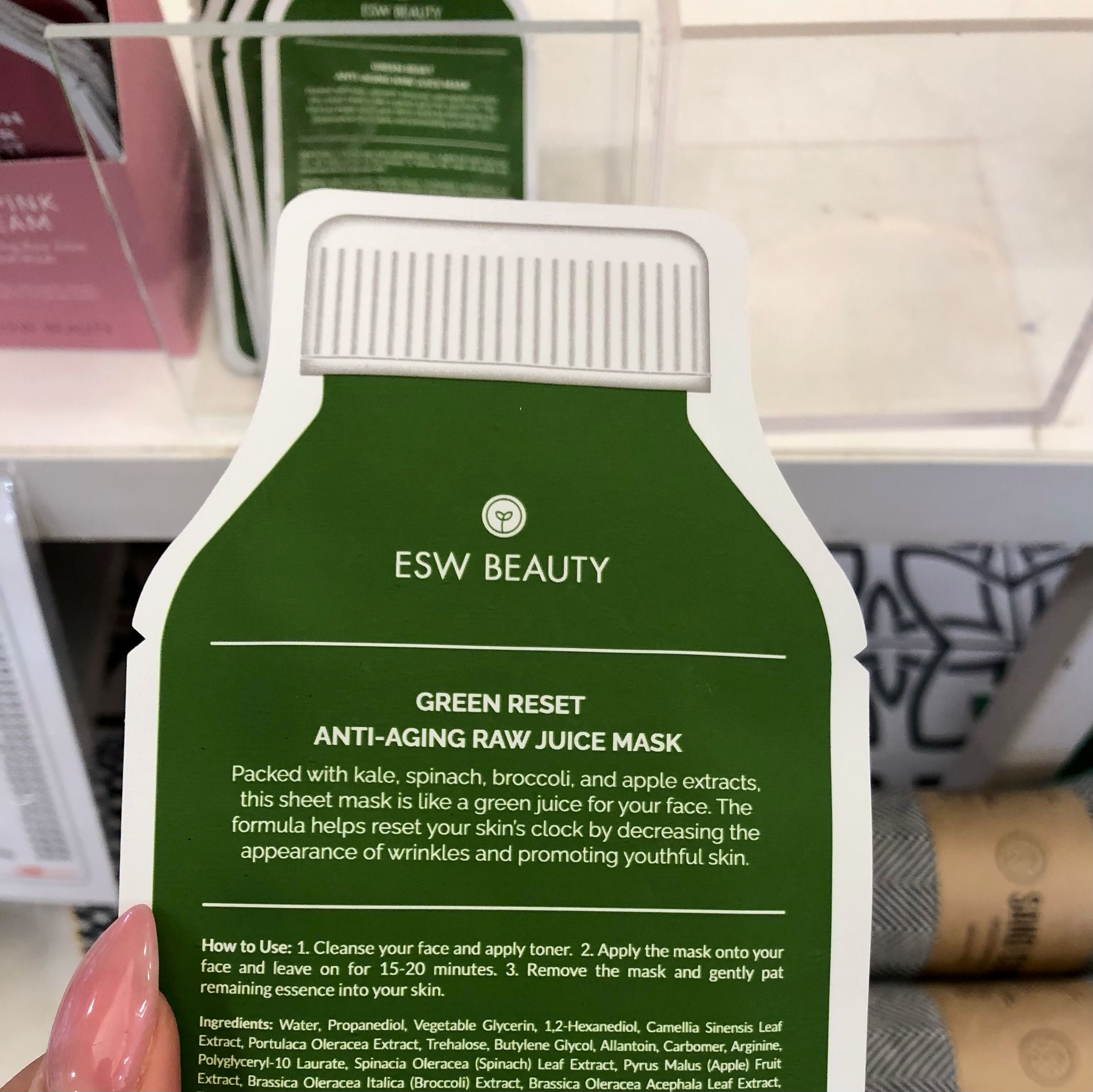
On my last evening in New York, I meet with a distant acquaintance for oysters and salad. It’s also the evening I find out about a skincare brand that has the same producer as Barbara Sturm, one of my favorite booths at Frieze, while offering their products for a fraction of Sturm’s price. Apart from the fact that this is unfortunately not open-source knowledge—so the other brand is not going to be able to make this part of their marketing strategy, and also probably shouldn’t—would this information make Sturm clients transition to this other brand? Most likely not. It would be comparable to a dealer or art advisor trying to convince you to buy a work because it’s so similar to another work by an artist you can’t afford. The idea of a luxury product, particularly one that is as imperceptible as face cream, is that you don’t only buy the product. No one is going to know that you’re currently wearing this certain serum. You also buy a vibe—and, of course, a lifestyle—that becomes a part of your persona, and that at-large is individual to certain subcultures. It’s almost like a form of entertainment or methodology to distract yourself from the anxieties that come with existing in this world. Why stress about the end of the world while applying a 200 euros calming serum? It does actually leave your skin buttery smooth and while drinking celery juice across from your most recent art purchase, it engenders consumable euphoria every day anew.
Credits
- Text: Claire Koron Elat
Related Content
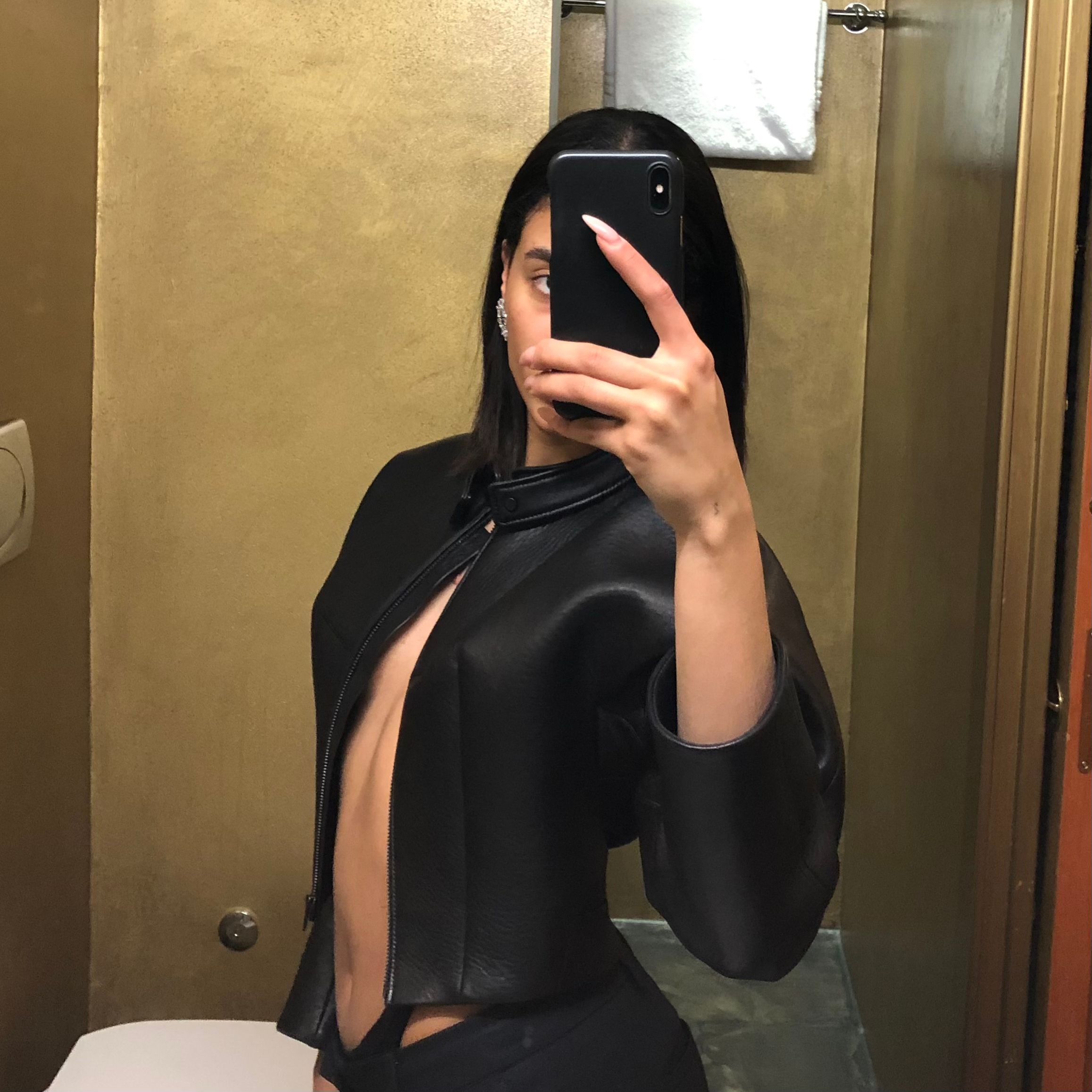
Art World Resorts: No Utopias, but Chicago
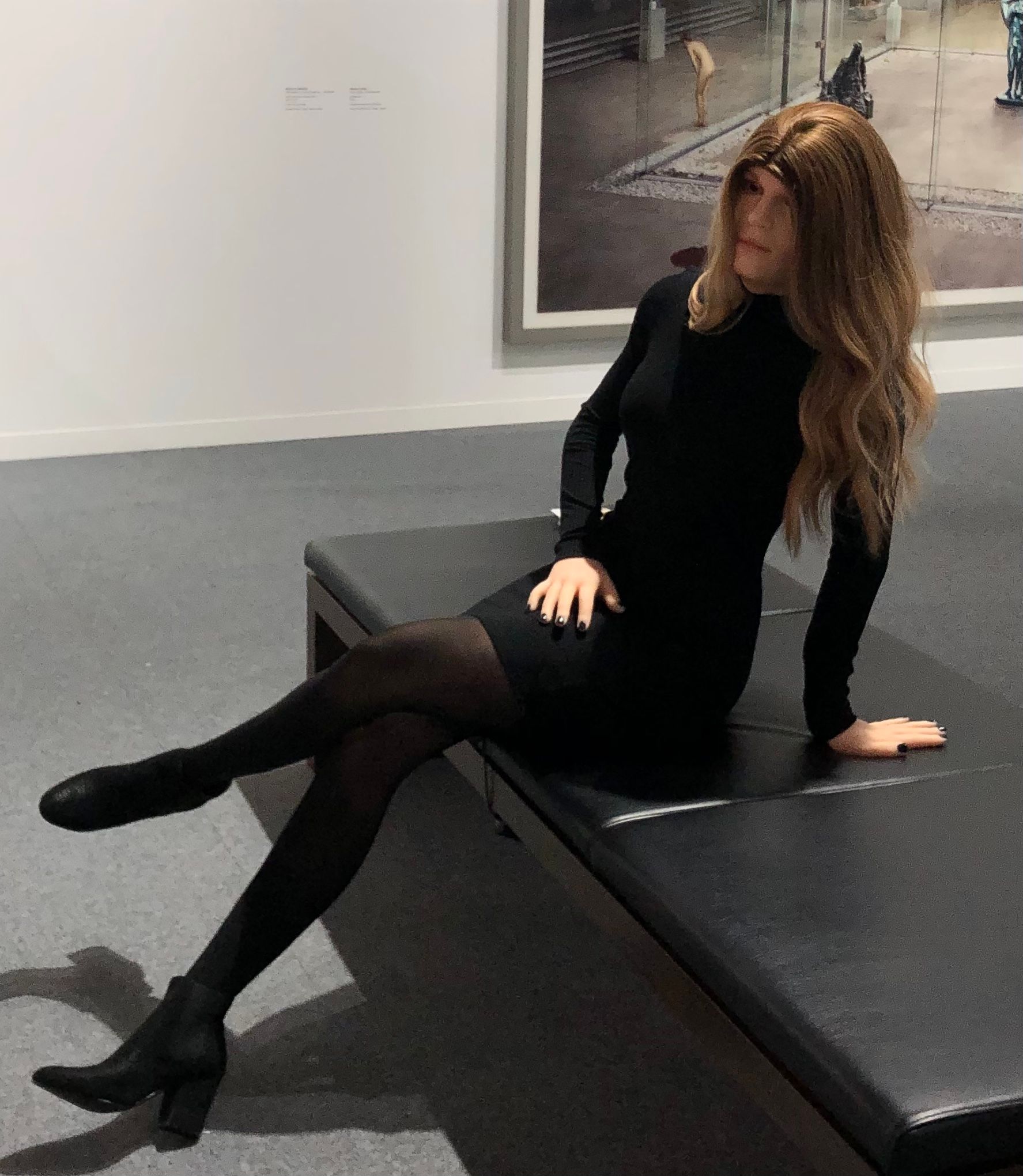
Art World Resorts: artgenève
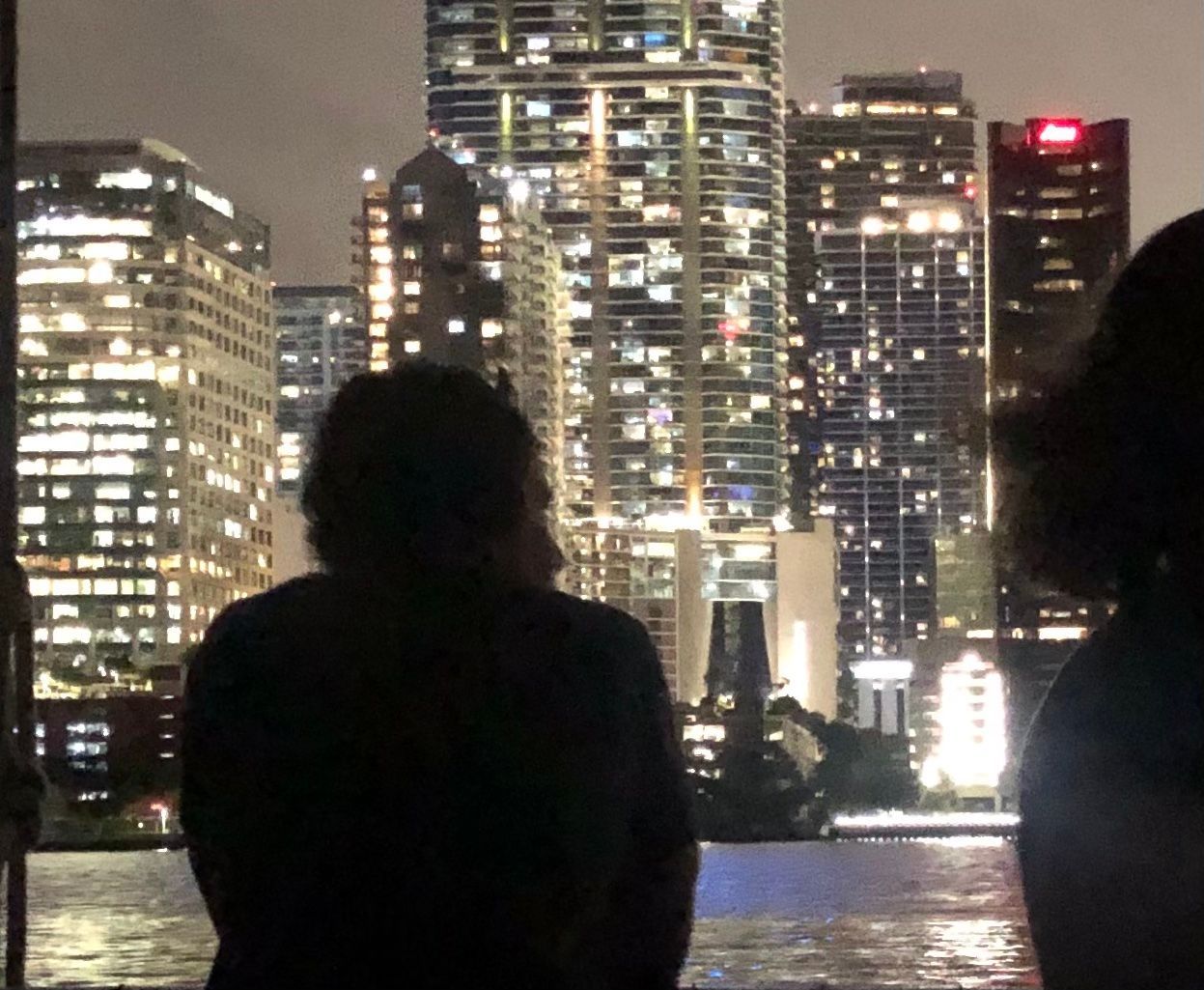
Art World Resorts: On at Art Basel in Miami Beach
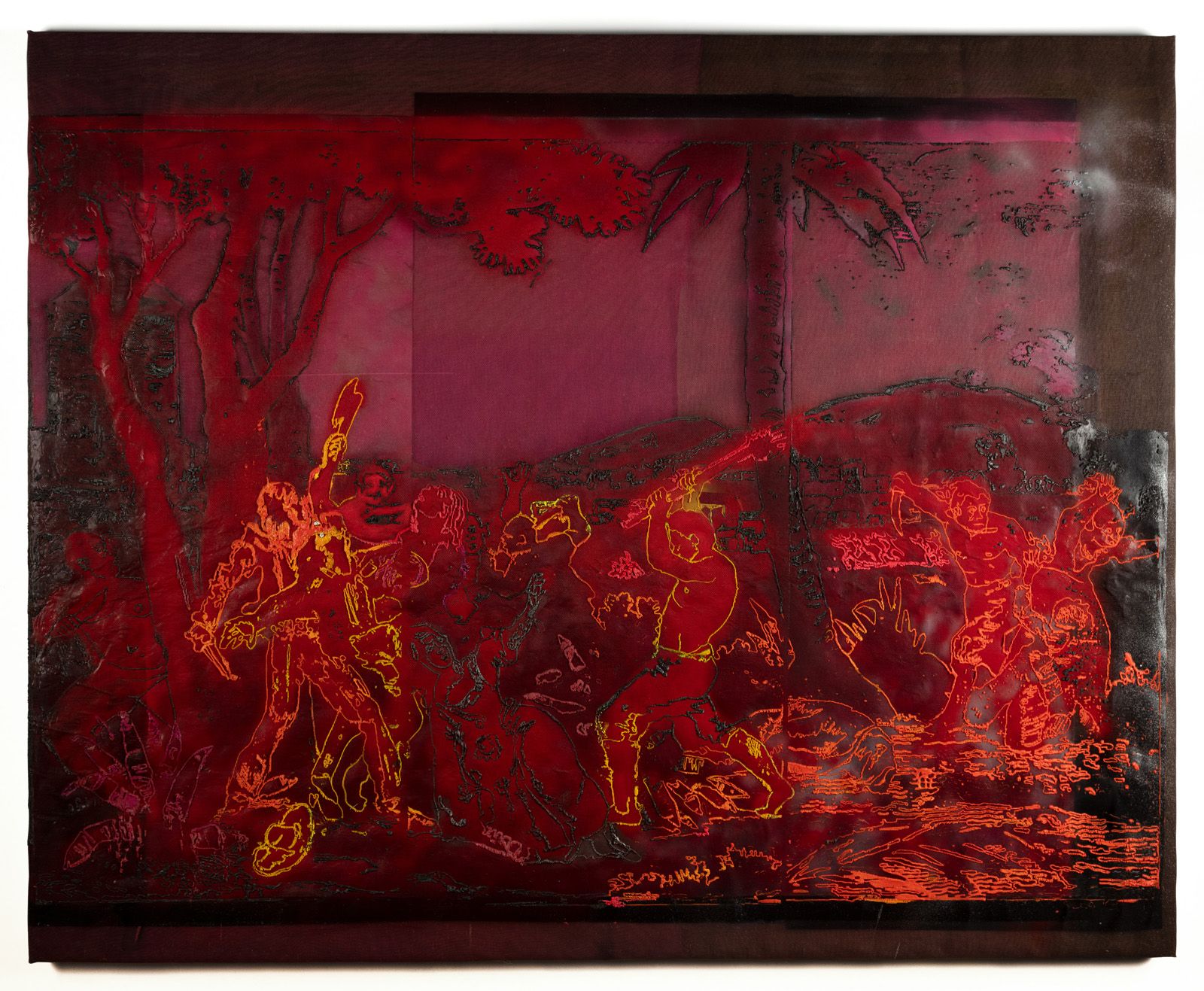
SMASHED COLLARBONES: Berlin Art Week 2022
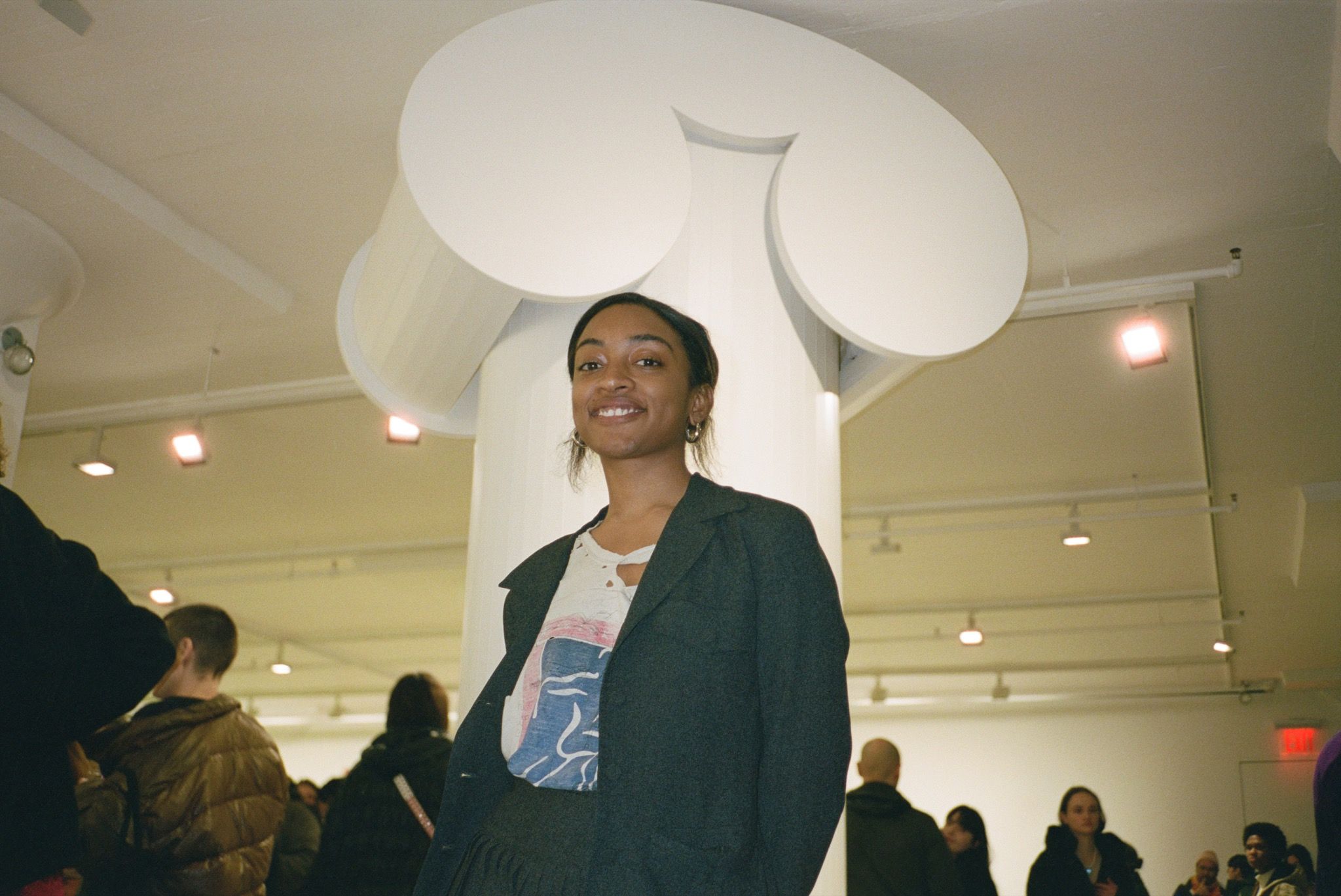
ARIA DEAN Life World
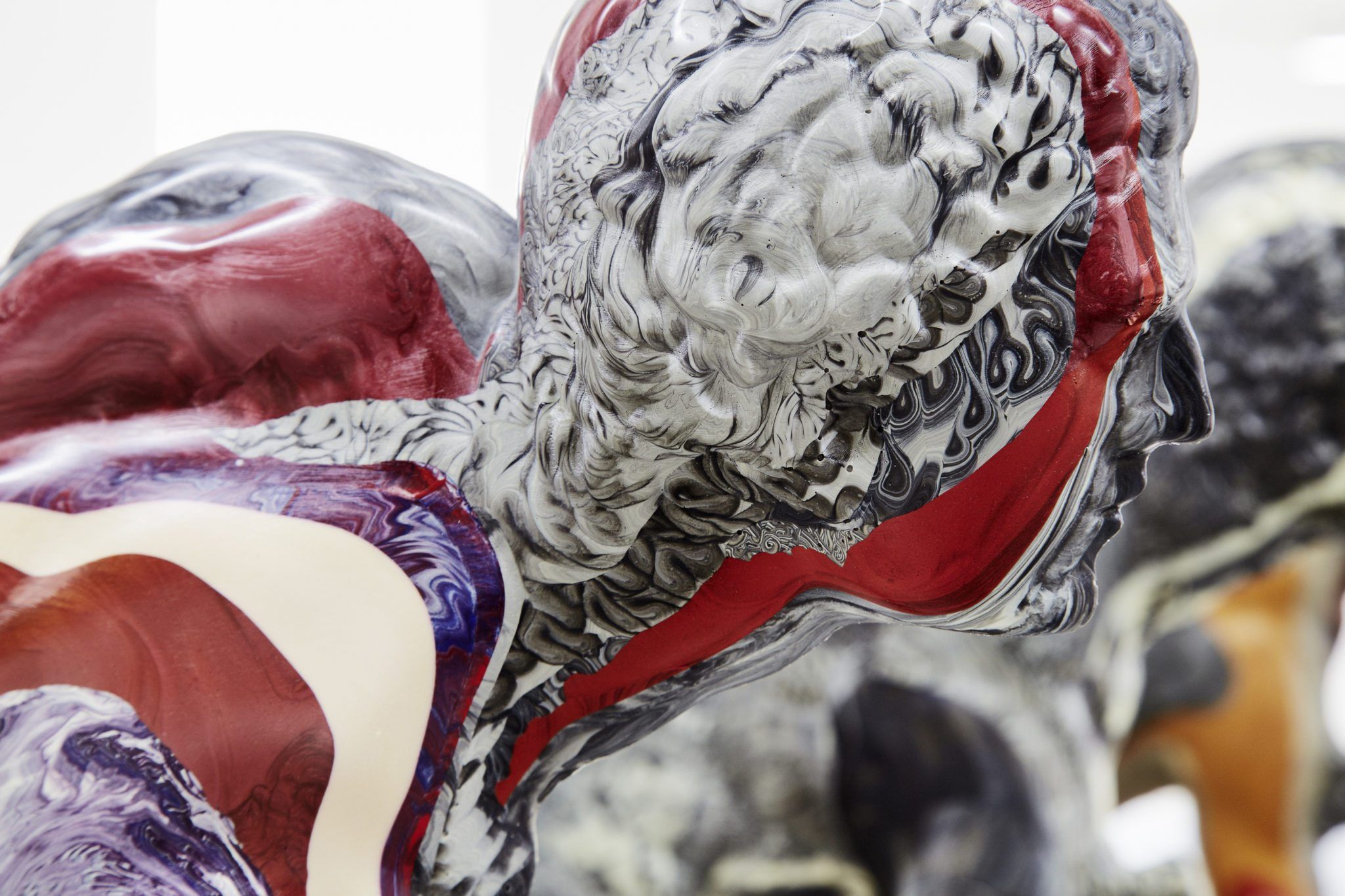
SUSANNE PFEFFER: How Art’s POST-HUMAN TURN Began in Kassel
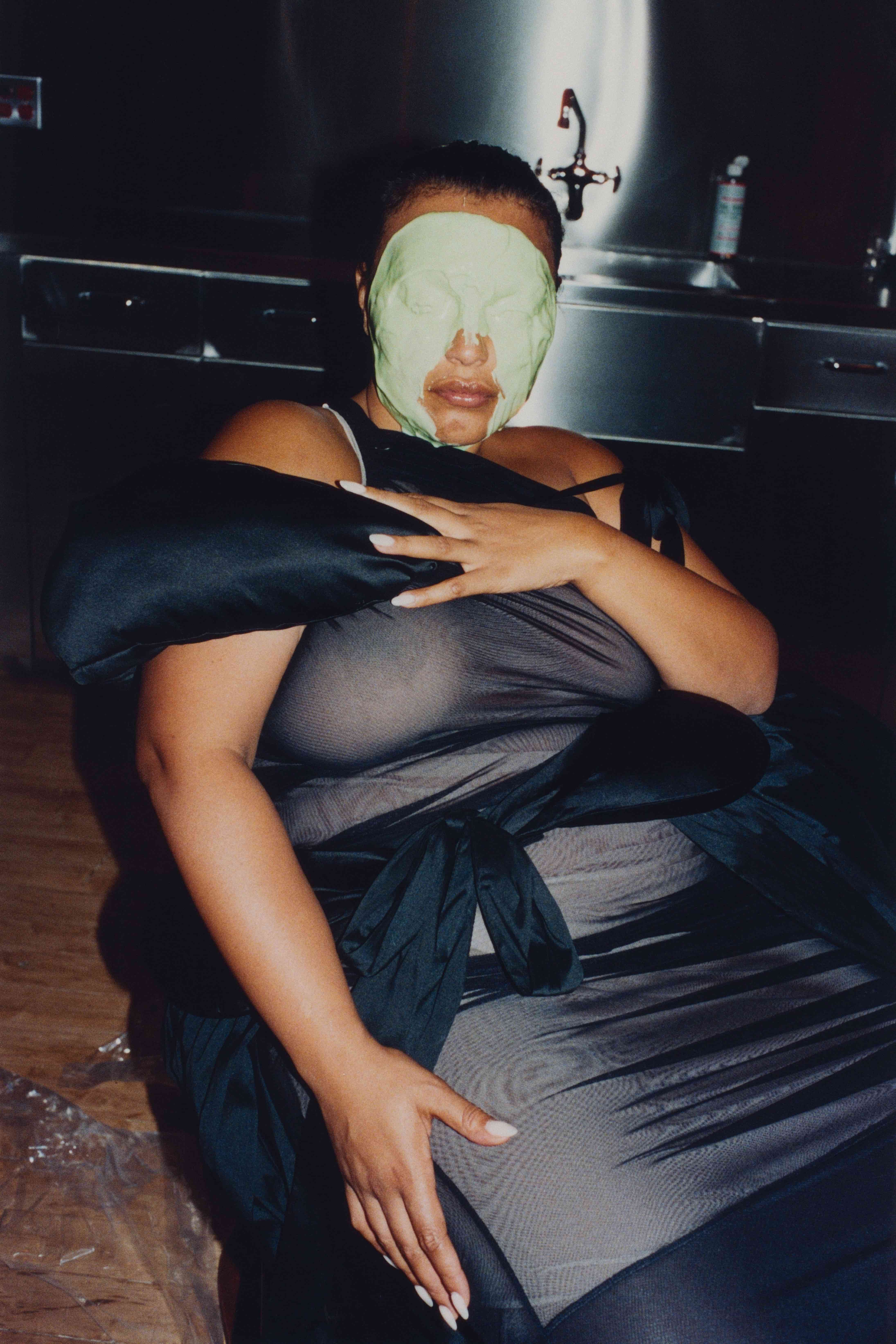
What Future Do We Crave?: KATHARINA KORBJUHN’s Paradigm Trilogy
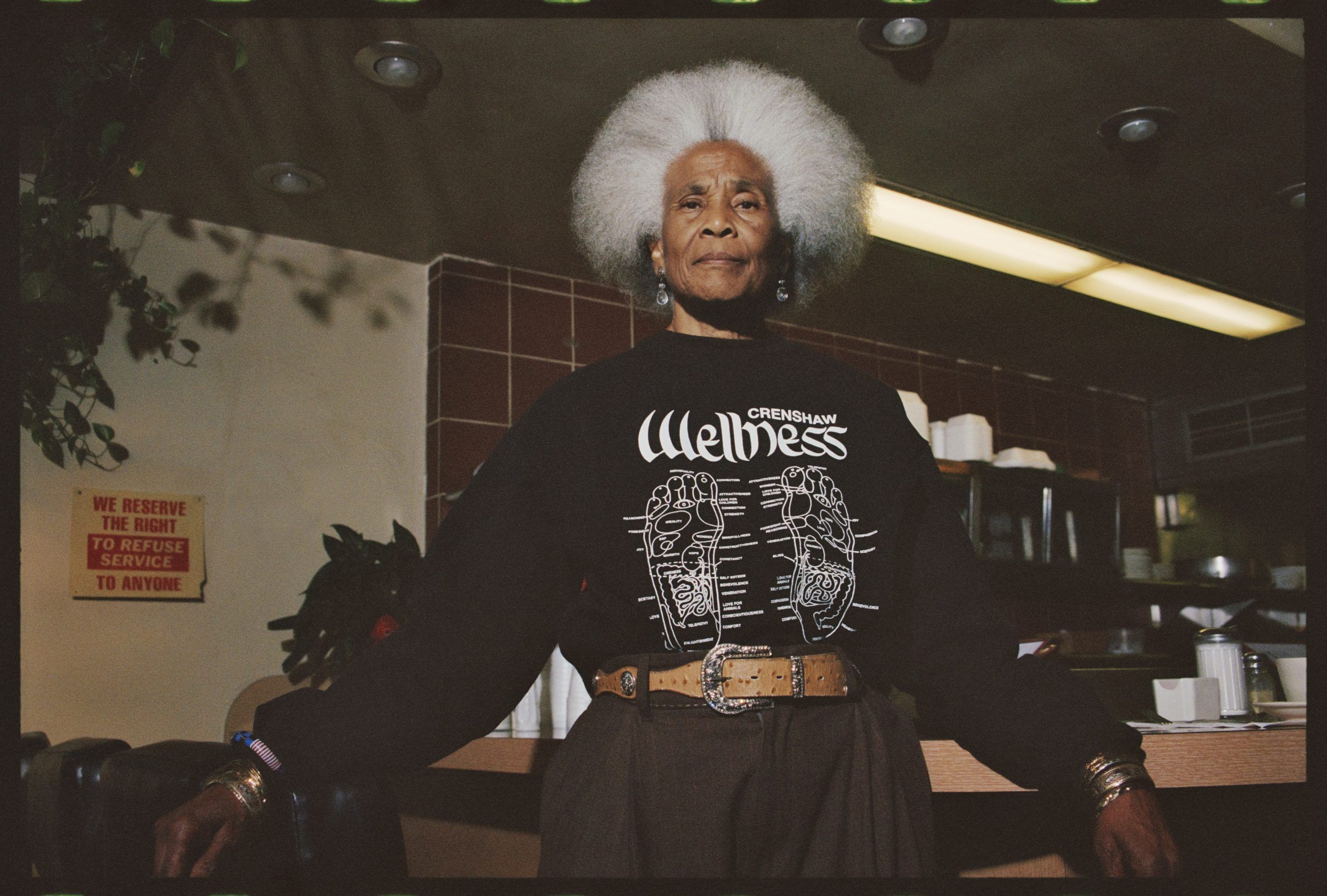
Total Luxury Spa’s LIQUID STATE